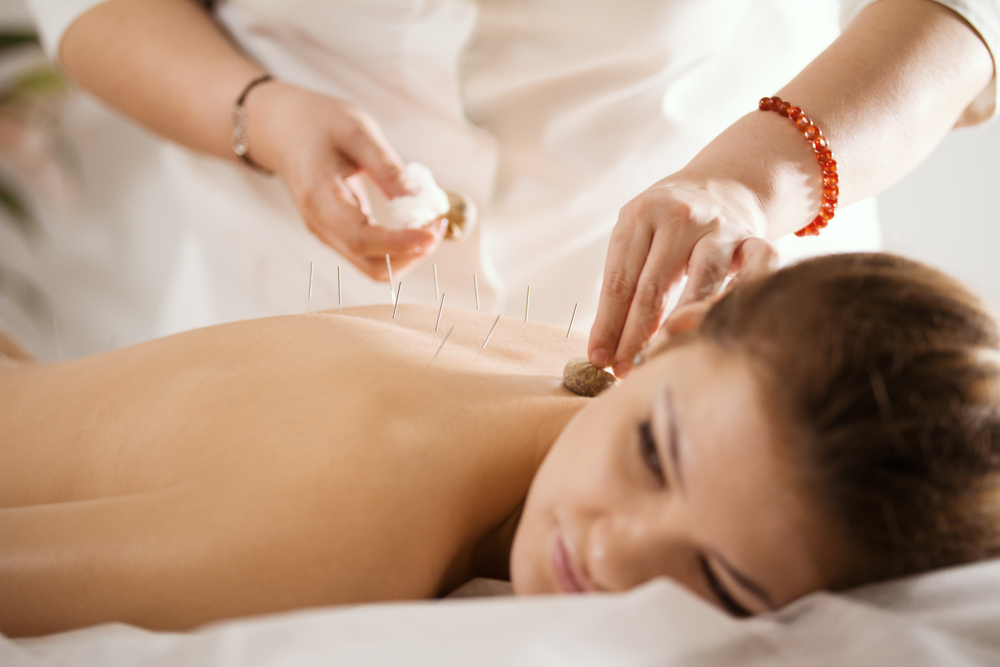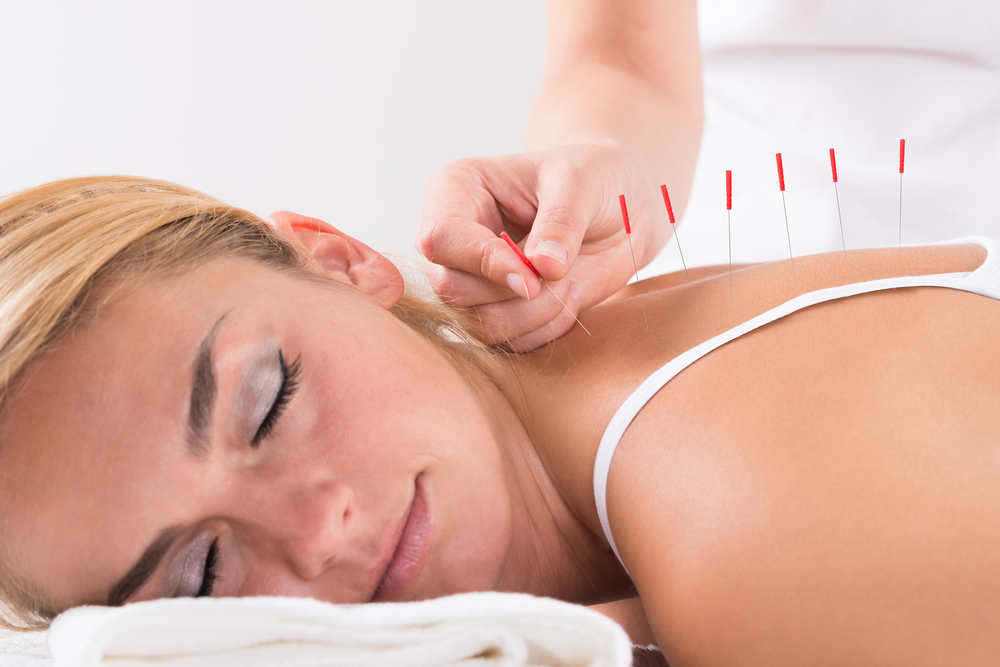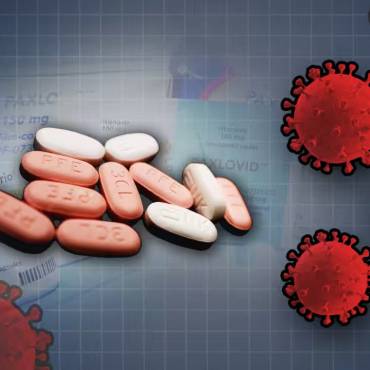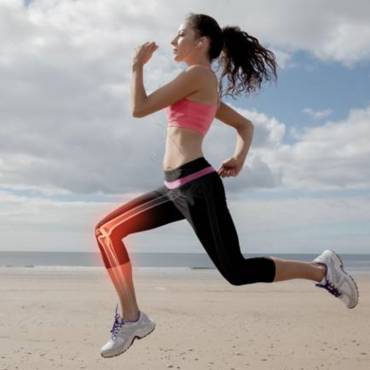Acupuncture is a form of an alternative medicine in which thin needles are inserted into the body. It is a key component of traditional Chinese medicine (TCM). TCM theory and practice are not based upon scientific knowledge, and acupuncture is a pseudoscience. There are various techniques that vary according to the different countries. It is mainly used for pain relief, though it is also used for a wide range of other conditions. Acupuncture is mainly used in combination with other treatments.
The majority of the people who seek out acupuncture do so for musculoskeletal problems, including low back pain, shoulder stiffness, and knee pain.

Method of Treatment
The acupuncture is the process of insertion of thin needles into the skin. According to the physicians, the patient should lie still while approximately five to twenty needles are inserted; for the majority of cases, the needles will be left in place for ten to twenty minutes. It can be associated with the application of heat, pressure, or laser light. Classically, acupuncture is individualized and based on philosophy and intuition, and not on scientific research. There is also a non-invasive therapy developed in early 20th century Japan using an elaborate set of “needles” for the treatment of children.
The skin is sterilized and needles are inserted with a plastic guide tube. Needles may be manipulated in various ways, including spinning, flicking in various ways or moving up and down relative to the skin. Since most pain is felt in superficial layers of the skin, a quick insertion of the needle is recommended. Often the needles are stimulated by hand in order to cause dull, localized, aching sensation that is called de qi, as well as needle grasp, a tugging feeling felt by the acupuncturist and generated by a mechanical interaction between the needle and skin. Acupuncture can be painful. The skill level of the acupuncturist may influence how painful the needle insertion is, and a sufficiently skilled practitioner may be able to insert the needles without causing any pain.
Benefits of Acupuncture:
Acupuncture is used to treat various disorders from emotional disorders to the digestive complaint. Various disorders which can be treated by acupuncture are as follows-
- Anxiety
- Depression
- Nausea
- Vomiting
- Irritable bowel syndrome
- Rheumatoid arthritis.
- Migraines
- Parkinson’s disorder
- Gynecologic disorders
- Infertility
- Fatigue
- Addictions
Some research has shown that acupuncture can help in improving the condition of cognitive impairment. It is very useful in treating the age-related or disease-related cognitive decline by stimulating a neural response in areas of the brain- putamen and the thalamus- that are particularly affected by Parkinson’s disease. The needles stimulate the various points which help in managing the various disorders. Acupuncture releases the blocked qi in the body and stimulates function, evoking the body’s natural healing response through various physiological systems. By stimulating the various important points of the body acupuncture helps in resolving pain, and improves sleep, digestive function, and sense of well being.
Safety
Acupuncture is generally safe when it is performed by an experienced, appropriately trained practitioner using clean-needle and sterile single-use needles. When improperly delivered it can cause adverse effects. Accidents and infections are associated with infractions of sterile technique or neglect on the part of the practitioner. To reduce the risk of serious adverse events after acupuncture, the clinicians should be experienced and well trained. If it is not done properly the following various side effects can be experienced by the patients-
- Worsening the symptoms
- Fatigue
- Soreness
- Bruising
- Muscle twitching
- Lightheadedness
- Emotional release
It is very useful and can treat various problems without any side effects. Consult the trained and experienced acupuncturist for the treatment.



